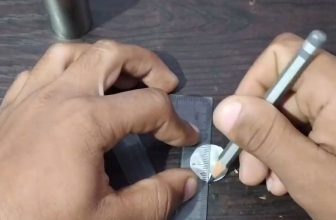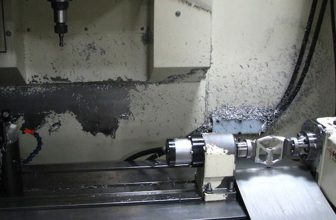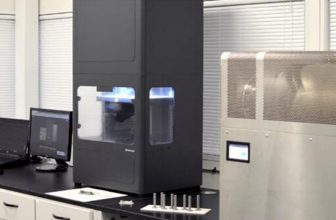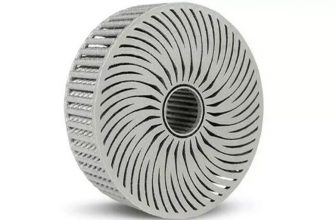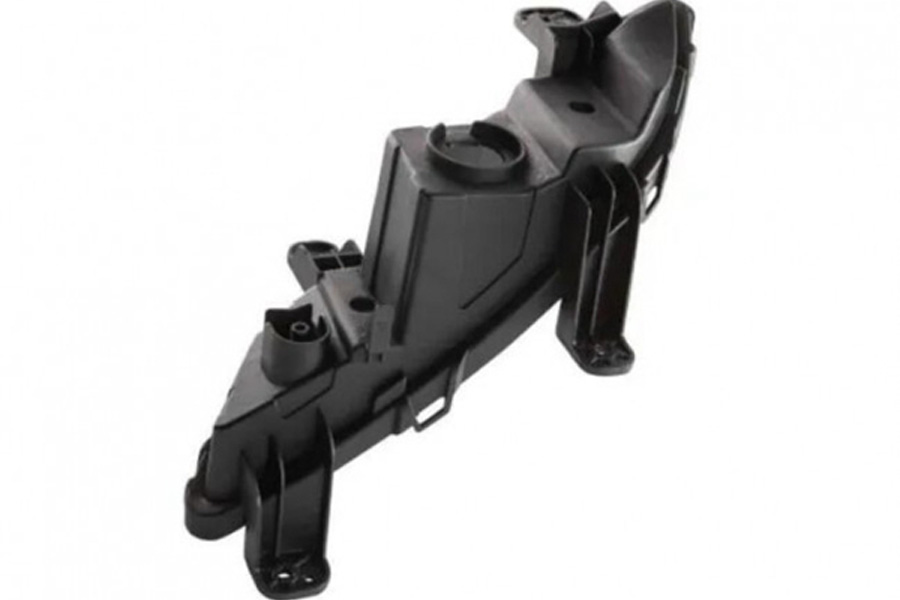
According to Avi Reichental, co-founder and executive chairman of Nexa3D, 3D printing is an unstoppable force for change in every application field, and ultra-high-speed 3D printing is the next frontier in the field of additive manufacturing. It is also an end user and strategic cooperation. Areas of great concern to partners, distributors and investors.
Recently, California-based SLA 3D printer manufacturer Nexa3D announced that Nexa3D has joined Henkel’s open materials platform, the world’s leading chemical company, and is working with Henkel to develop a series of co-branded photopolymer SLA resins. These materials will pass Nexa3D’s global channels for distribution.
New potential energy and new business model combination
Through the newly established partnership, Nexa3D has now joined Henkel’s open platform for materials partners. Both companies are committed to using their respective expertise in SLA 3D printing technology and high-performance resins to use Henkel’s materials on the NXE400 3D printer to manufacture functional components. The first material they collaborated with is optimized for the NXE 400 3D printer, which is an ABS 3D printing resin developed using Henkel Loctite material technology.
Henkel has a good track record in developing various 3D printing materials that overcome the shortcomings of conventional photopolymer resins used in 3D printing. Nexa3D has now developed a new 3842-xABS black material based on Henkel’s Loctite material series. 3843-xABS black material has high bending and tensile physical properties, as well as high green strength and heat distortion temperature.
According to the market observation of 3d-printing-china.com , 3841-xABS black material is suitable for a variety of applications, including mechanical components, brackets, levers and arms of robots and automated machinery, as well as parts and components of transportation vehicles. It is also suitable for manufacturing such as drones. product.
In addition to the new materials jointly developed, the two companies also plan to optimize Henkel’s 3D printing resin product portfolio to Nexa3D’s NXE400 3D printer platform to enable the creation of functional parts in a wider range of applications.
The secret of Nexa3D’s fast printing is its lubricant sublayer light-curing LSPc (Lubricant Sublayer Photo-curing) technology, which gets rid of the slow curing process from bottom to top that is common in light curing technology. Another core technology is the patented structured light source matrix, which greatly shortens the 3D printing cycle of precision functional parts. From hours to minutes, this technology can achieve a combination of high-speed and high-resolution 3D printing with convincing injection performance, size and scale manufacturing capabilities.
In addition to the characteristics of the equipment itself, Nexa3D has launched customized solutions for different application fields, and established strategic partnerships with subdivided application fields. In the field of dentistry, Nexa3D has also established a strategic partnership with digital and traditional dental materials, 3D printers and service providers BEGO, which aims to transform the manufacturing status of digital dentistry. According to the agreement, BEGO will sell high-speed Nexa3D dental printers. At the 2019 Cologne International Dental Exhibition (IDS), Nexa3D also launched another new SLA system Varseo XL, which was specially developed for the dental industry. Through the cooperation between Nexa3D and BEGO, the system is compatible with BEGO’s full range of dental resins.
In short, according to our market observations, Nexa3D attaches great importance to every key node in the field of high-speed mass production, materials, applications, sales network, manufacturing, etc. Compared with the more closed development method, Nexa3D is similar to Android in the field of mobile phones. It adopts an all-round cooperation approach. We will continue to pay attention to what kind of competitive advantage Nexa3D’s development strategy will create for itself. .


